
Fifty years ago, on 20 June 1975, a new blockbuster was released in more than 400 cinemas across the United States. A 28-year-old director waited nervously for the public reaction to his first major movie. The shoot had been beset with disasters, and he feared he would never work in Hollywood again.
He needn’t have worried. The film spent 14 consecutive weeks at number one in the USA. It went on to gross $470m worldwide, more than trebling the existing record, held by The Godfather, for the most money made at the box office.
And the director did indeed work again. His name was Steven Spielberg. The film was Jaws.
Starring Roy Scheider, Robert Shaw and Richard Dreyfuss, the story of a man-eating shark terrorising the population of fictional Amity Island proved so impactful that seaside resorts reported a downturn in visitors that summer.
A generation was scarred – not least my sister who, to this day, is terrified of sea-swimming (not helped by a family holiday on the island of Martha’s Vineyard, where the film was shot, soon after she’d watched it).
In honour of this golden anniversary, we took a deep dive (sorry!) into the movie’s backstory to bring you ten fascinating morsels about this iconic work.

The author, Peter Benchley, took his inspiration from the Jersey Shore shark attacks of 1916. Five attacks, four of them fatal, were recorded along the New Jersey coast over a 12-day period in July of that year.
The attacks gave rise to a wave of panic that resulted in beach closures, steel-netting being placed off popular swimming areas, and what one historian described as "the largest scale animal hunt in history".
In the film, the shark is not given a name, but behind the scenes, the three, 1.2-ton, 25-ft-long, pneumatically powered predators created for the shoot were all known as Bruce, after Spielberg’s lawyer, Bruce Ramer. The shark in 2003’s Finding Nemo is named Bruce in tribute to Jaws.
But Spielberg had another name for the mechanical beasts that were prone to malfunction, referring to them as "the great white turds". However problematic the mechanical versions were, they were better than the original idea the studio looked into – training actual great white sharks!
They consistently broke down and had to be retrieved from the seabed, and the script had to be adjusted to use the shark much less. As a result, the shark doesn’t actually appear on screen until one hour and 21 minutes into the film.
This turned out to be a stroke of unwitting genius, allowing tension to build. Spielberg called the mechanical failures a "godsend", stating: "I started making a Hitchcock movie instead of a Godzilla movie".
Bad weather, soaked equipment and sailboats drifting into shot all delayed shooting. The boat, the Orca, belonging to the character Quint, sank. The actors were often seasick. Shaw frequently returned to Canada for tax reasons, and was prone to bouts of drinking on set. Shaw and Dreyfuss were feuding.
According to Spielberg, in an average 12-hour day, only four hours were spent filming. Scripts were constantly rewritten. The 55-day schedule overran to 159 days, and the budget soared from $3.5m to $9m. The director later called it "the hardest production I’ve ever worked on".
"I had nightmares for a lot of years," he added.
Before Spielberg started shooting on Martha’s Vineyard, he invited pals Martin Scorsese and George Lucas to check out the mechanical shark. When Lucas did what we’d all do, and stuck his head in the shark’s mouth, Spielberg clamped the jaw shut.
Unfortunately it remained like that, resistant to all attempts to open it, with Lucas’ head stuck inside. After eventually prying the jaws open, they fled the scene, terrified they’d broken the $250,000 prototype.

The film’s most famous line, "You’re gonna need a bigger boat", uttered by Chief Brody (Scheider) when he, and the audience, first see the shark, was actually improvised. It had become a popular saying with the crew, who repeatedly complained that a support vessel used in production was too small.
The phrase became a byword for anything that went wrong on set, from a late lunch to bad weather. Scheider eventually snuck it into a scene, and it worked brilliantly.
The moment where Hooper (Dreyfuss) encounters fisherman Ben Gardner’s head underwater was added by Spielberg after audience reactions in test screenings left him wanting to give them one more "jump scare".
But with the film already over budget, Universal refused to pay for it, so Spielberg stumped up $3,000 of his own money to shoot it at editor Verna Fields’ outdoor pool, with milk powder added to the water to make it murky.
Think of Jaws, and you’ll inevitably call to mind its sinister, tension-building "dun-dun" score. It won composer John Williams, a long-time Spielberg collaborator, his second Oscar, and was voted the sixth Greatest Movie Score by the American Film Institute. Yet when Williams first played it to Spielberg, the director laughed, thinking it was a joke.
Later he said that Williams was responsible for 50% of the film’s success, calling it "his greatest contribution to any of my films". On the soundtrack, the celebrated notes are played on a tuba.
The film’s explosive final scene (I won’t say more in case you’re one of the seven people who’s yet to see it) wasn’t directed by Spielberg. He got wind of the crew’s plan to throw him in the sea to mark the end of the gruelling shoot, and had a car waiting for him on the beach to take him to the airport before filming wrapped.
Since then, he has made it a tradition to skip the last day of shooting.
One of the film’s less benevolent legacies has been its effect on the popular image of sharks. It reportedly resulted in an increase in killings and a reluctance to support shark conservation efforts. The book’s author, Benchley, later campaigned for conservation, pointing out that "Jaws was entirely a fiction".
Spielberg has expressed similar regret regarding "the decimation of the shark population because of the book and the film".
Benjie Goodhart divides his time between working as a freelance journalist and in the TV industry. He has written regularly for The Guardian, GQ and Saga Magazine, and worked for Channel 4 in programme publicity. He lives in Brighton with his wife, two children, and three tellies. He loves the tellies most of all.

Every issue of Saga Magazine is packed with inspirational real-life stories, exclusive celebrity interviews, brain-teasing puzzles and travel inspiration. Plus, expert advice on everything from health and finance to home improvements, to help you enjoy life to the full.

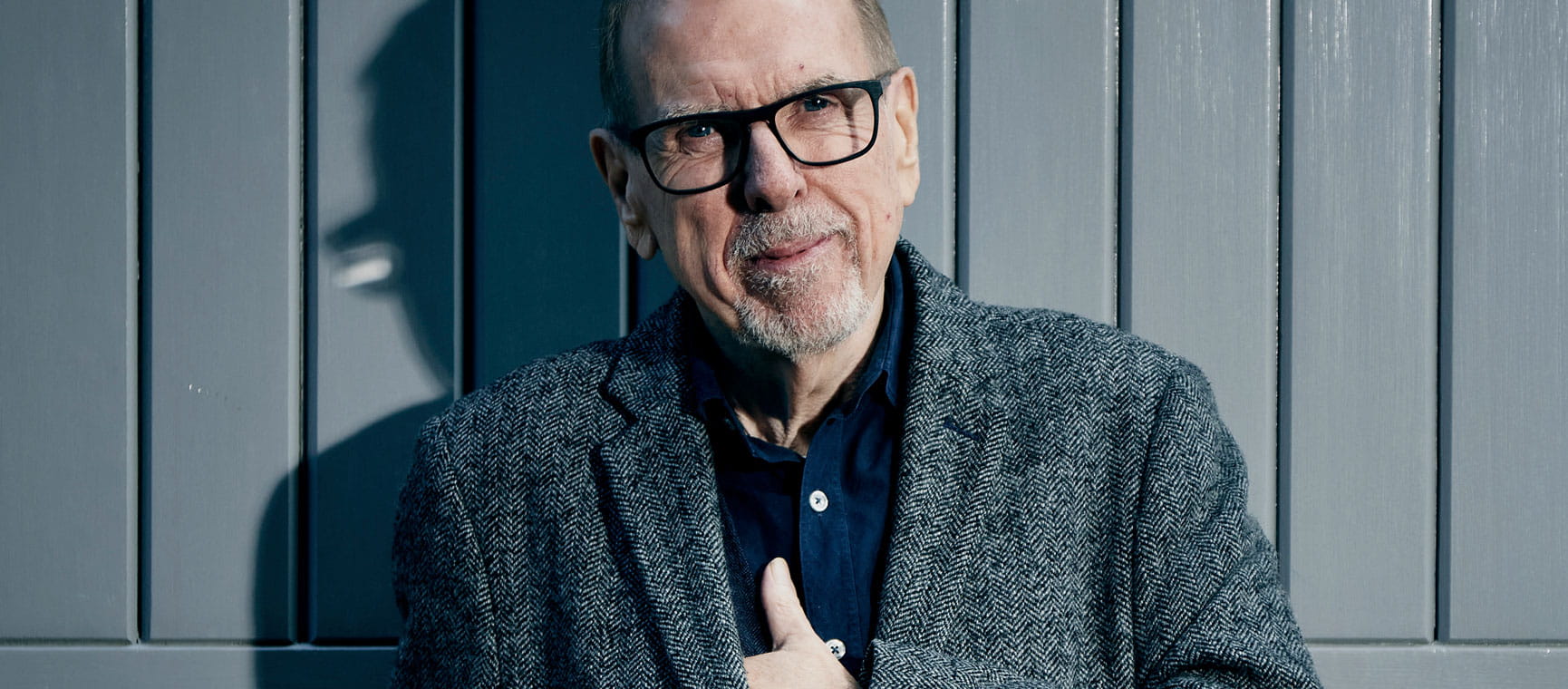
The Bafta-winning actor had been so successful at losing weight, he had to fatten up with a strap-on false belly for his latest role.

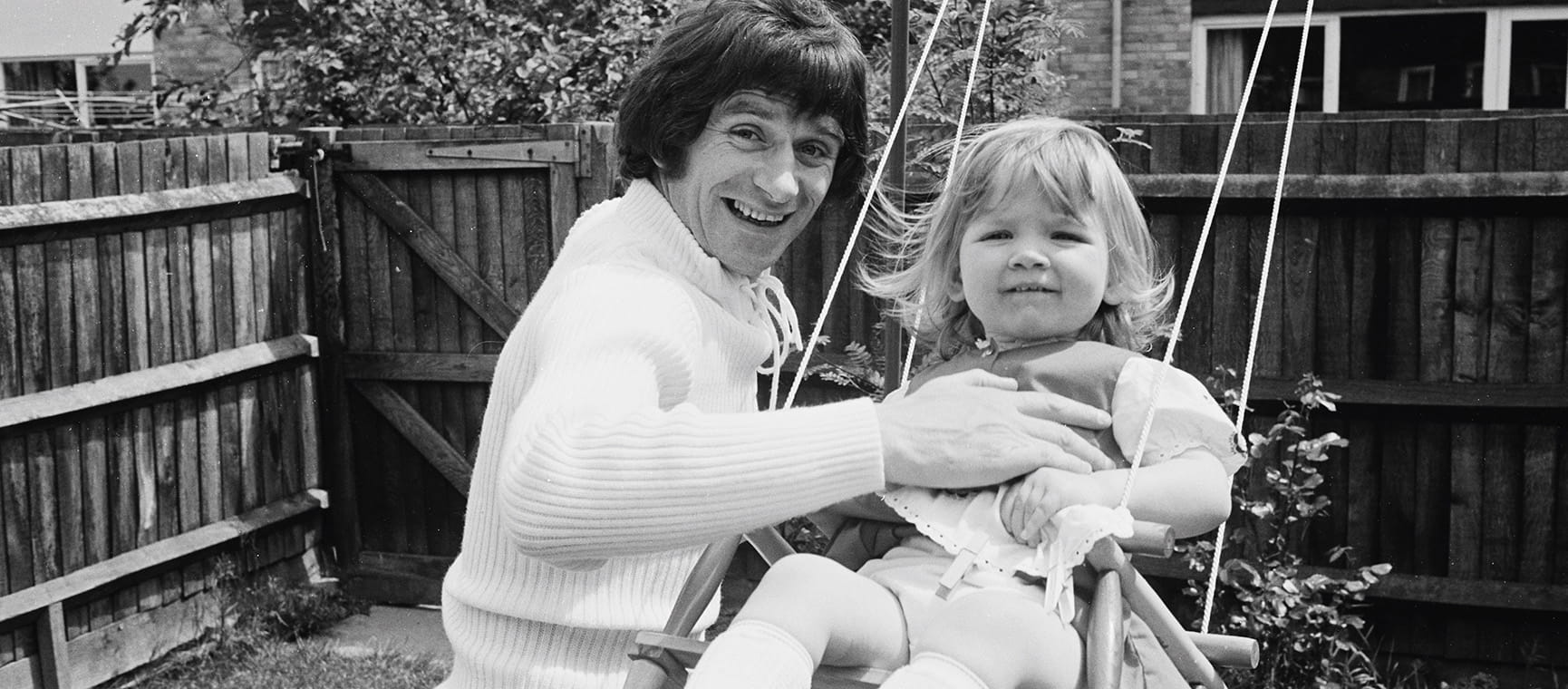
The presenter on inspiring the next generation and how daughter Zoe is bouncing back after leaving Radio 2.
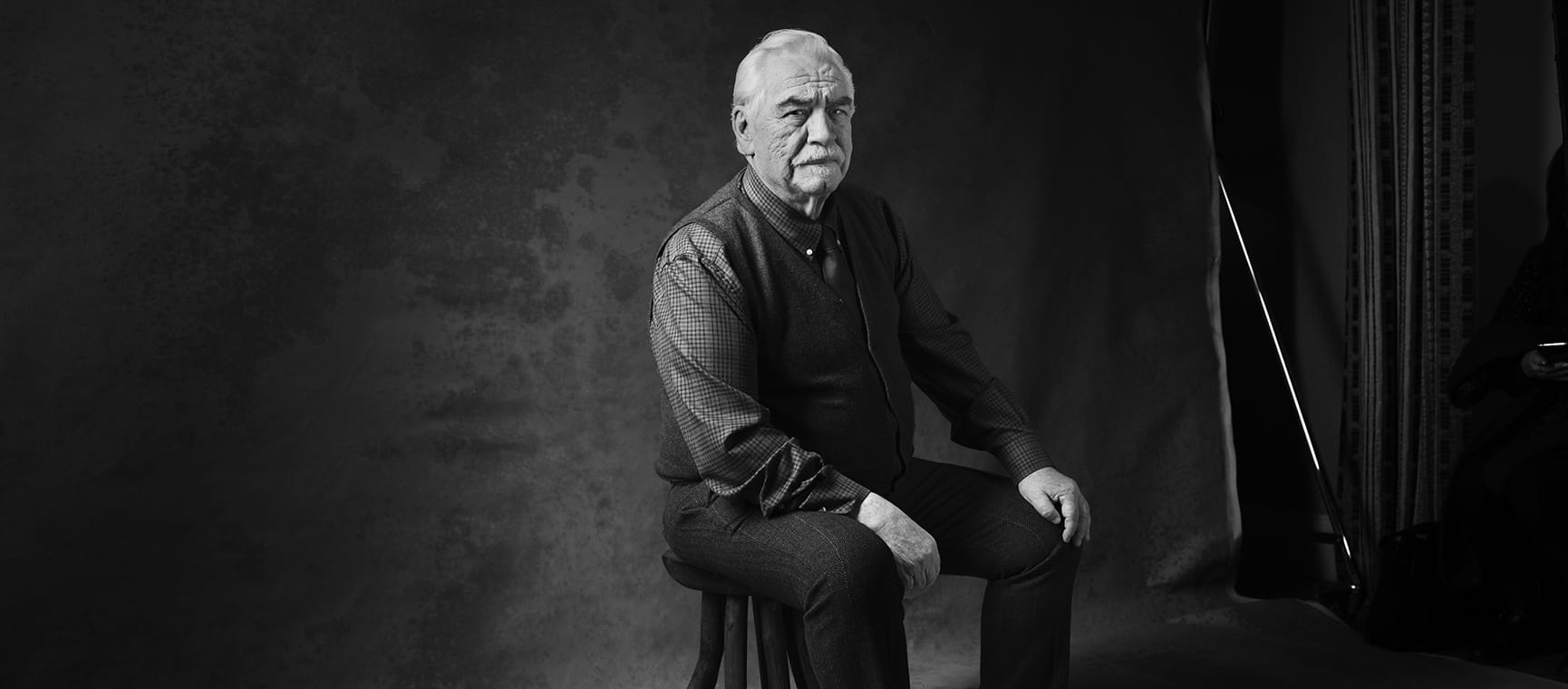
The Scottish actor on how he’s still asked to repeat Logan Roy’s most famous catchphrase.

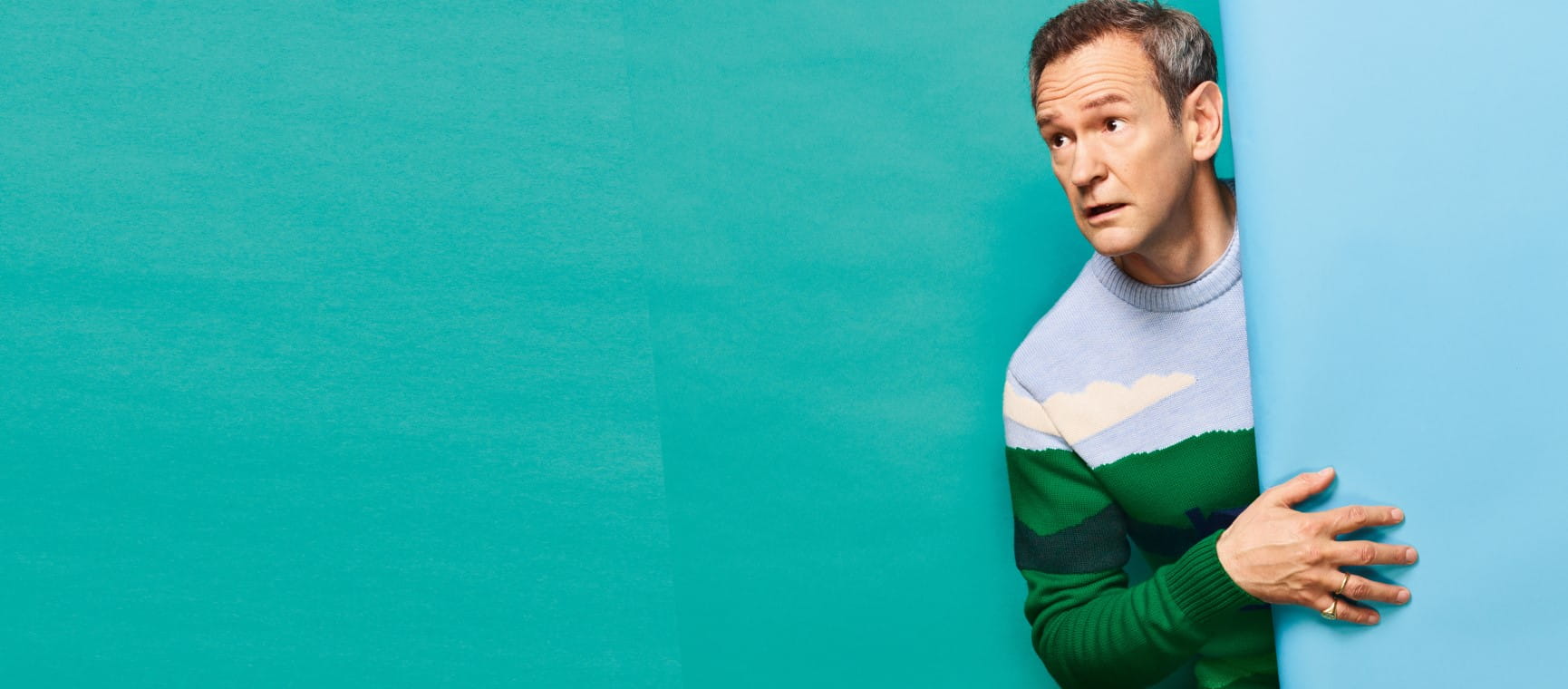
The presenter reveals his surprise contestant and how Richard Osman ‘bullied’ him into writing his debut novel.

The TV adaptation of Rivals has has been judged a rip-roaring success. We caught up with the book's author.


The BBC Radio 4 Today presenter reveals the responsibility and privilege that goes with her job.
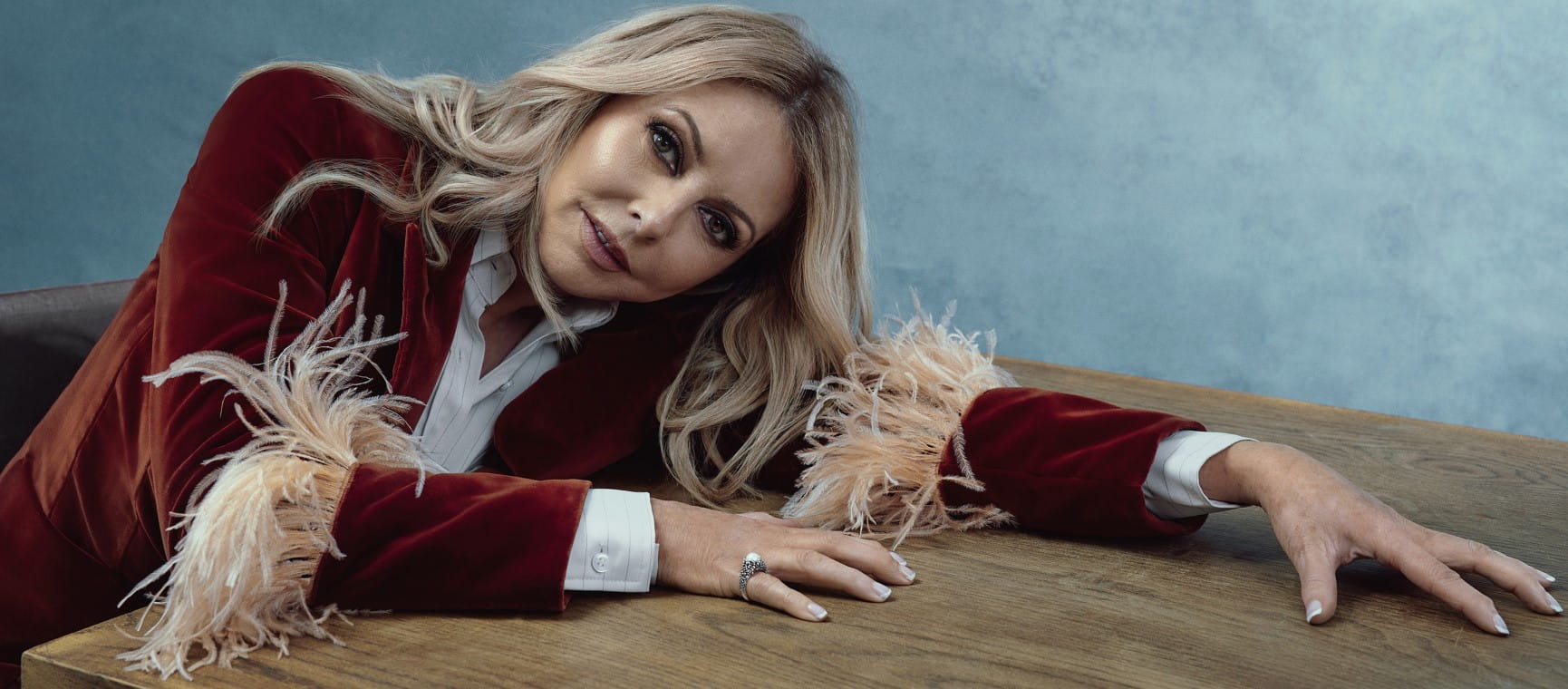
The presenter on being sacked by the BBC and why her views are 'career suicide'.


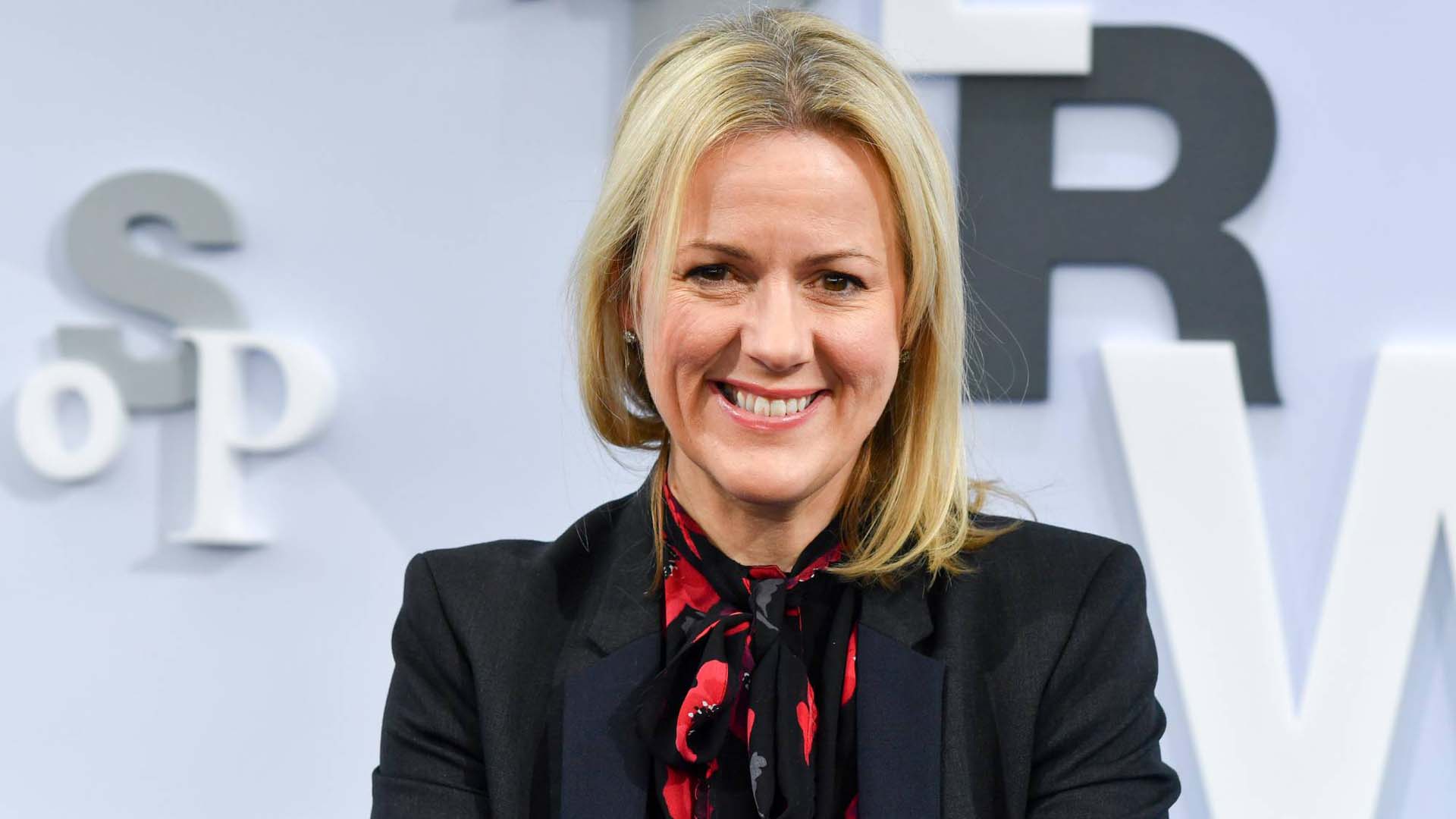
The best-selling author says Pilates has changed her relationship with her body.

Stop smoking, go for a walk and do puzzles, says the veteran newsreader.